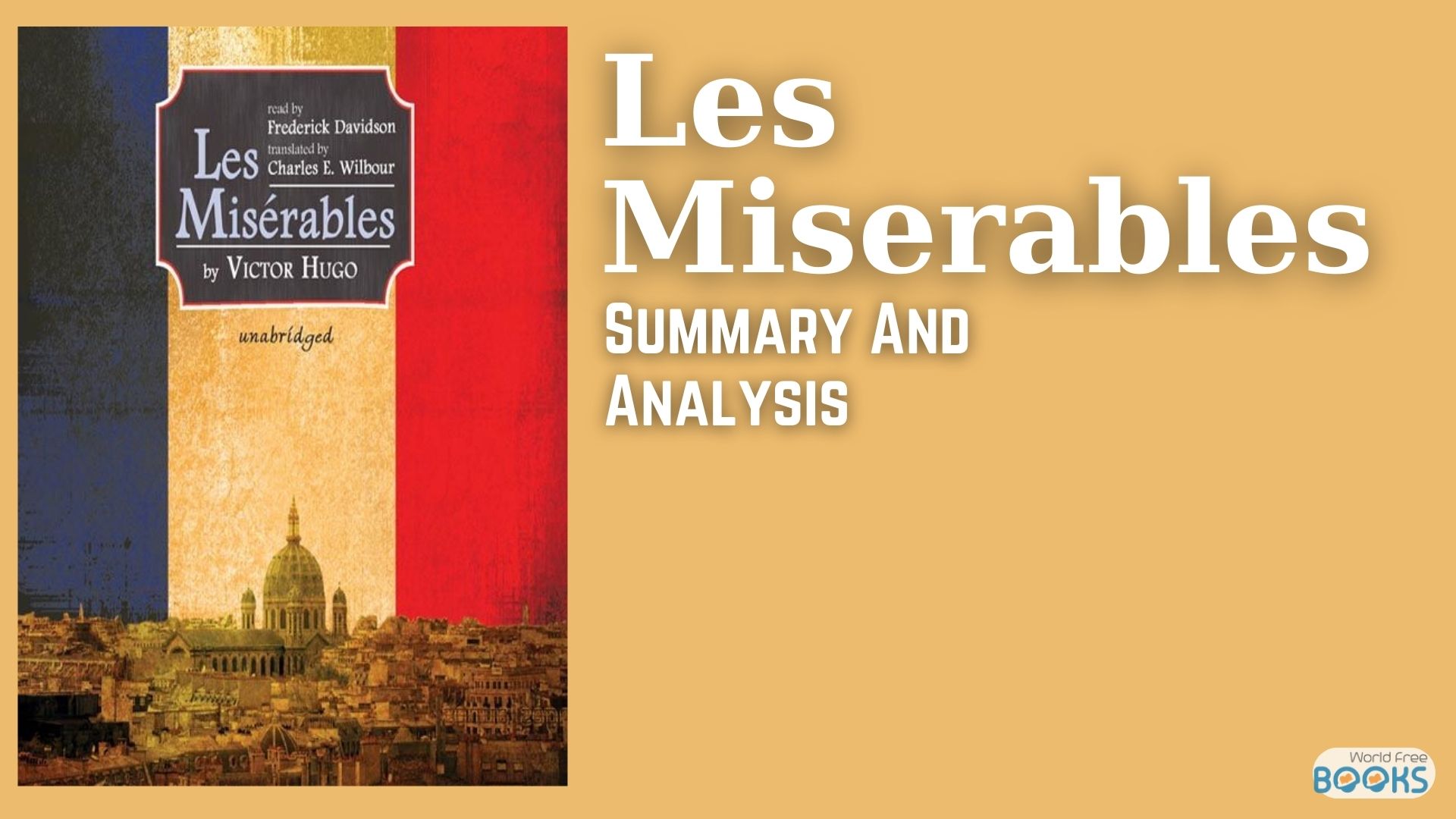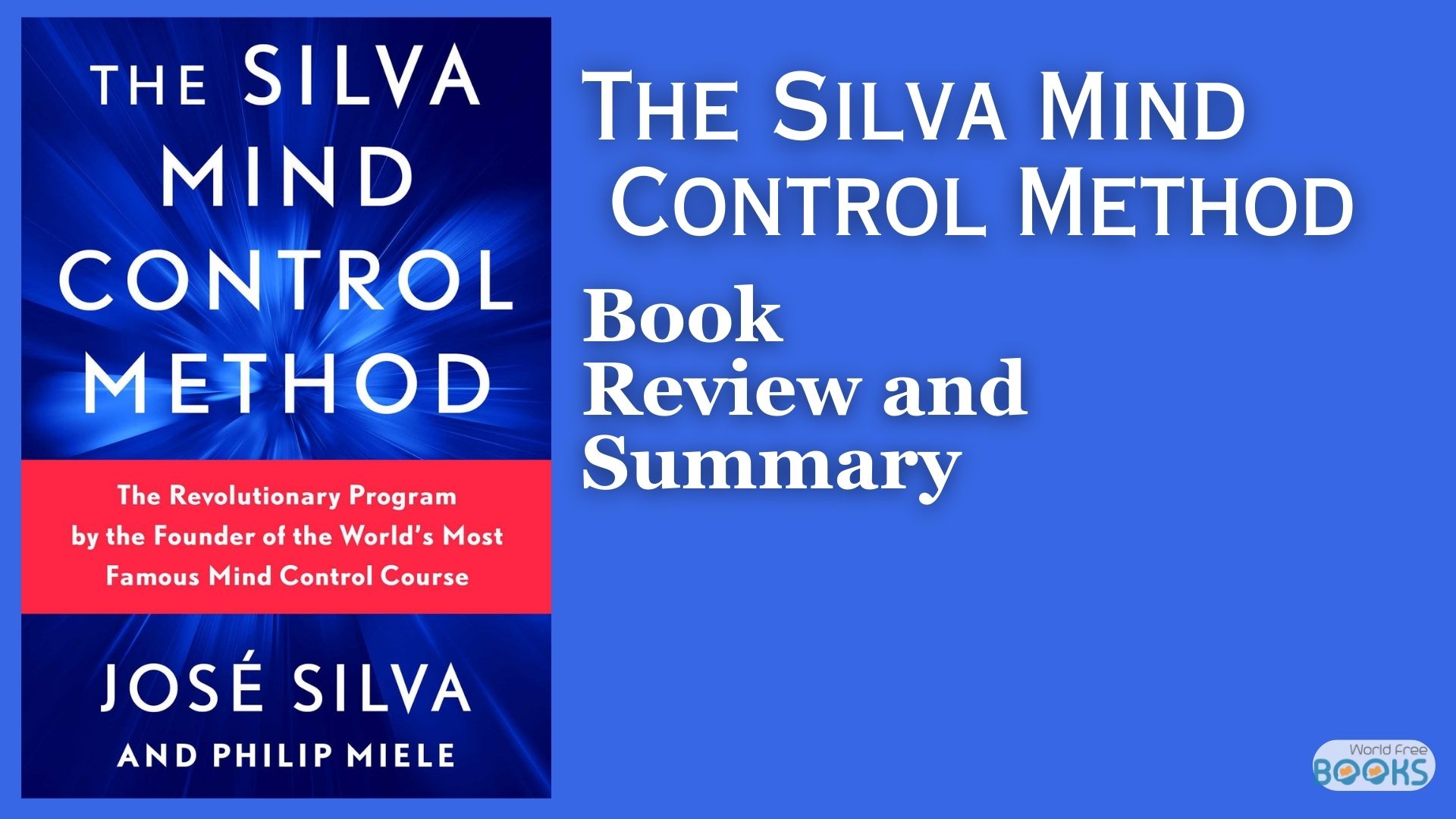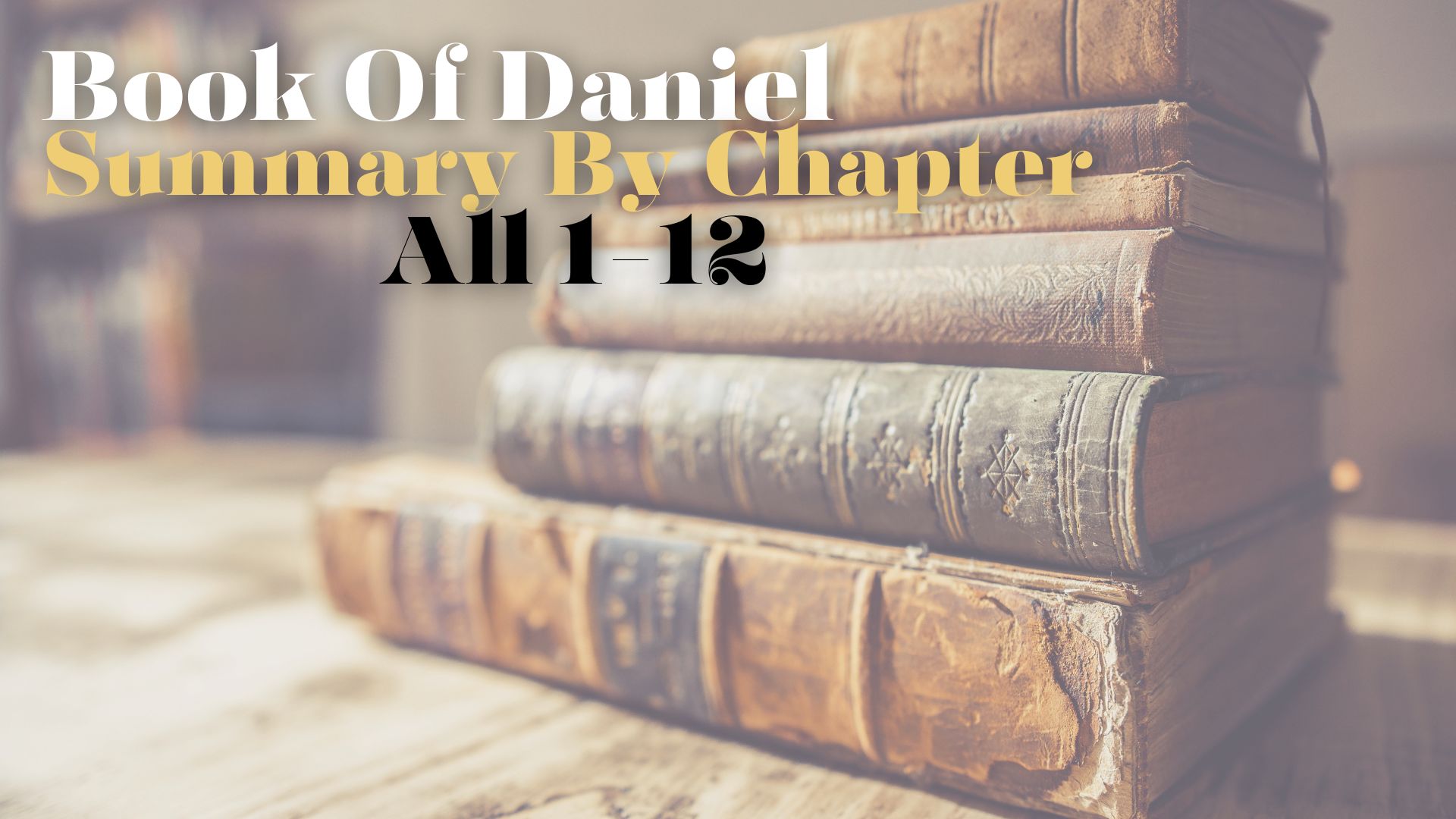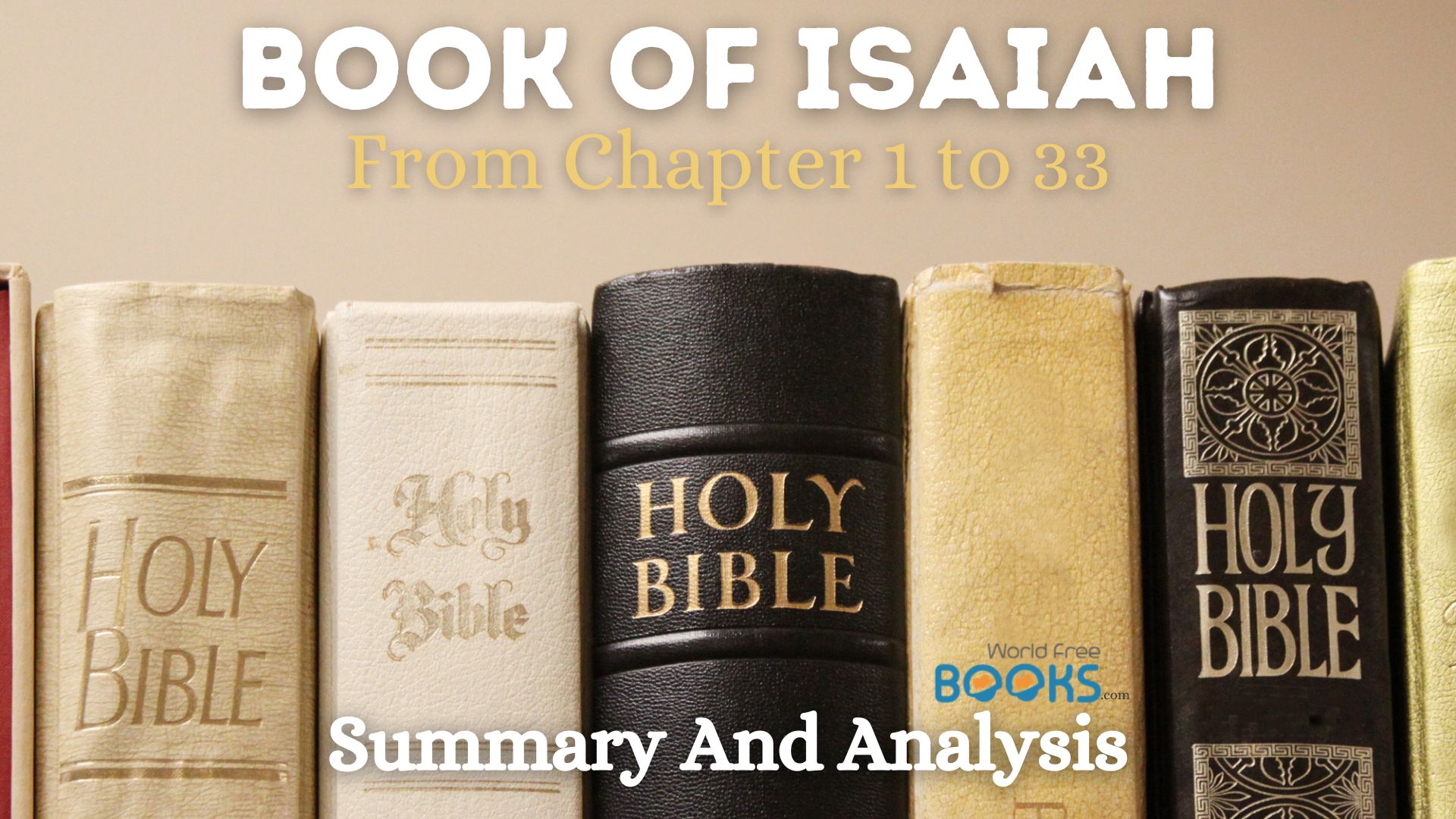
The Book of Isaiah summary and analysis follows the reader through the books every aspect and detail, with as much ease as possible, with a great thought to making its readers understand the book and its origin as a whole, I am sure you will not regret reading this must read article.
The book of Isaiah, penned by the prophet Isaiah around 700 B.C., is a prophetic narrative that reveals God’s judgment and salvation. It’s split into two parts: the first warns Judah and opposing nations of divine retribution, while the latter prophesies Israel’s restoration and a new divine kingdom.
The book, frequently quoted in the New Testament, foretells the coming of the Messiah, “Immanuel”. So without further ado, let’s head into The Book of Isaiah Summary and Analysis.
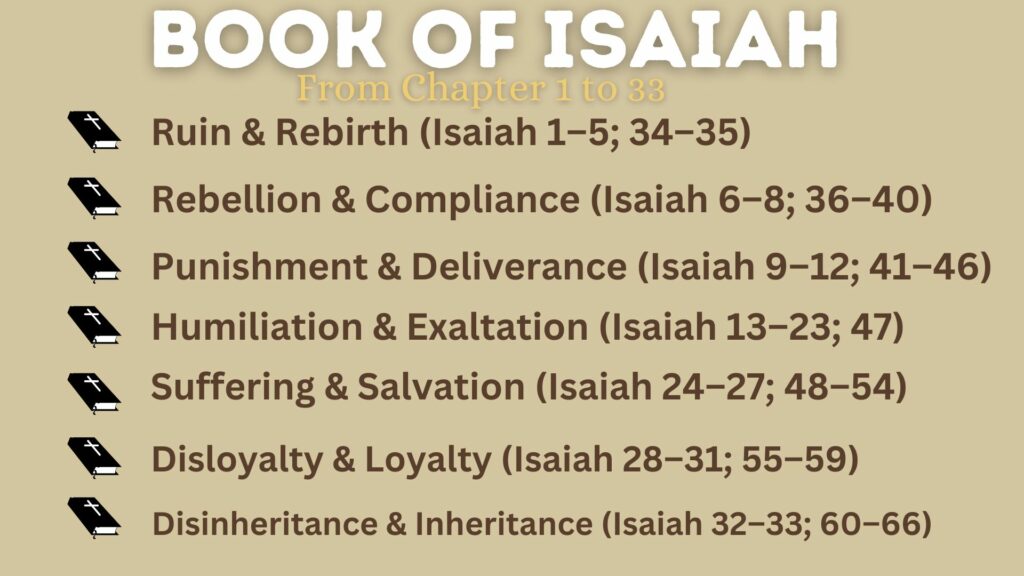
The Book of Isaiah Summary: Detailed Structure of the Book of Isaiah
The Book of Isaiah is a complex piece of literature with a layered structure that carries its own message beyond the surface. In this Part of the Book of Isaiah Summary and Analysis, we will have an in-depth look into the structure of the book.
Seven Pairs of Antithetical Themes
The book is divided into two halves of thirty-three chapters each. It follows a seven-part structure with seven pairs of antithetical themes in the first half paralleling seven pairs in the second half.
These themes reveal a divine pattern where ruin precedes rebirth, punishment precedes deliverance, humiliation precedes exaltation, suffering precedes salvation, and disinheritance precedes inheritance.
The seven pairs of antithetical themes are as follows:
- Ruin & Rebirth (Isaiah 1–5; 34–35)
- Rebellion & Compliance (Isaiah 6–8; 36–40)
- Punishment & Deliverance (Isaiah 9–12; 41–46)
- Humiliation & Exaltation (Isaiah 13–23; 47)
- Suffering & Salvation (Isaiah 24–27; 48–54)
- Disloyalty & Loyalty (Isaiah 28–31; 55–59)
- Disinheritance & Inheritance (Isaiah 32–33; 60–66)
This structure transforms the entire Book of Isaiah into an apocalyptic or end-time prophecy. The names of ancient people and nations serve as codenames for those that exist in the modern era.
Three-Part Literary Structure
Additionally, the book follows a three-part literary structure resembling early Egyptian narrative patterns. This structure, known as “Trouble at Home, Exile Abroad, and Happy Homecoming,” functions like a three-act play in which the people of God break their covenant with him, are cast out of their Promised Land, and finally return, renewed and reconstituted.
Scholarly Debates On The Book Of Isaiah
However, much of the scholarship over the past two centuries has suggested multiple authors for Isaiah, dividing the book into three sections: Proto-Isaiah (chapters 1–39), Deutero-Isaiah (chapters 40–55), and Trito-Isaiah (chapters 56–66).
This division arises from a scholarly denial of predictive prophecy, limiting the power of God to communicate with His people.
Who Wrote the Book of Isaiah?
The authorship of the Book of Isaiah is a subject of ongoing scholarly discussion. While the book itself attributes its authorship to “Isaiah son of Amoz” from the 8th century B.C, many scholars propose that it was composed in parts by various authors.
Single Author Theory
The conventional belief, derived from Jewish tradition and endorsed by New Testament authors, posits that the prophet Isaiah was the sole author of the entire book. This belief stems from the book’s explicit claim of authorship by “Isaiah the son of Amoz” at its commencement.
Multiple Author Theory
Contrarily, a majority of biblical scholars, known as “divisionists”, segment the book of Isaiah into multiple authorships. The most prevalent division segregates the book into three sections: Isaiah (chapters 1–39), Deutero-Isaiah (chapters 40–55), and Trito-Isaiah (chapters 56–66).
This segmentation is predicated on stylistic, linguistic, and historical discrepancies among the three sections.
Indications of Multiple Authors
There are several complexities in the Book of Isaiah that prompt scholars to speculate about the portions written by Isaiah himself, and what additional content was appended and by whom. While most scholars concur that the prophet Isaiah likely authored only a segment of the book,
recent scholarship also contends that even the portions he didn’t physically pen originated from him in some form.
Historical Context
The chronology of the events documented in Isaiah historically aligns with the lifespan of the prophet Isaiah, who existed during the eighth century. However, in chapters 40–55, Isaiah discusses events such as the devastation of Jerusalem and the Babylonian exile as if they’ve transpired already, even though these events occurred in the sixth century.
This apparent timeline shift has led some scholars to propose that these chapters were authored by a different individual.
In summary, while the authorship of the Book of Isaiah remains a contentious topic, it’s widely accepted that the book originates from a historical prophet named Isaiah, residing in the Kingdom of Judah during the 8th century BCE.
Key Themes in the Book of Isaiah Summary
The Book of Isaiah is abundant in themes that cover a broad spectrum of topics. Here we describe some of the principal themes:
Redemption
The primary theme in the book of Isaiah is redemption. The name Isaiah translates to ‘The Lord is salvation’. The book presents Jesus Christ as the Savior and is filled with prophecies about Him. The overarching theme is that God is the redeemer of His people.
Divine Judgment
Divine judgment is another recurring theme in the book of Isaiah. The initial 39 chapters contain potent messages of divine judgment against Judah and a call for repentance and sanctity. The book unveils God’s judgment and redemption and underscores His holiness.
Promise of a New World
The promise of a new world is a crucial theme in the book of Isaiah. The latter part of the book prophesies the restoration of Israel and the advent of a new divine kingdom.
God’s Mission Through the Suffering Servant
The book of Isaiah introduces the notion of the suffering servant, who is later revealed to be Jesus Christ. This theme is particularly prominent in Isaiah 52:13–53:12, which describes the servant’s afflictions and suffering for the sins of others.
The Call to Trust God
Trust in God is a central theme in the book of Isaiah. The book challenges the people of Israel to trust in God, not in Egypt.
Consequences and Captivity
The themes of consequences and captivity are also prevalent in the book of Isaiah. The book warns of the repercussions of sin and rebellion against God.
Solace and Hope
Despite the themes of judgment and punishment, the book of Isaiah also offers messages of solace and hope. It reassures the people of Israel of God’s love and promises of redemption.
In conclusion, the Book of Isaiah is a profound piece of biblical literature that offers a comprehensive prophetic picture of Jesus Christ. It serves as a testament of hope, revealing God’s judgment and redemption, and stands as a significant work in the Old Testament.
The Book of Isaiah Summary and Analysis of Its Prophecies
The Book of Isaiah is celebrated for its prophecies, many of which are incredibly detailed and have been fulfilled. Here are some key prophecies:
Prophecies about Jesus Christ
Isaiah is filled with numerous prophecies about Jesus Christ, making it the most Christ-focused book in the Old Testament. These prophecies include:
- The announcement of His arrival (Isaiah 40:3–5)
- His birth to a virgin (Isaiah 7:14)
- His declaration of the good news (Isaiah 61:1)
- His sacrificial death (Isaiah 52:13–53:12)
- His return to claim His own (Isaiah 60:2–3)
In fact, Isaiah 53 contains over 40 predictions about Jesus that all came true.
Prophecies about the End Times
Isaiah also prophesied about both the First and Second Comings, the time of Jacob’s trouble, the Antichrist, the Millennial Reign of Jesus Christ, and the Temple that will exist during that thousand-year time period.
Prophecies about Israel In The Book of Isaiah Summary
Isaiah contains prophecies about the future glory of Israel, the time of tribulation, and the Millennial Reign of Christ. It also prophesies the restoration of Israel and the emergence of a new divine kingdom.
Prophecies about Nations
Beginning in chapter thirteen, Isaiah unleashes a series of prophecies upon several nations, including Babylon (modern-day Iraq), Assyria (parts of modern-day Turkey and Iraq), Egypt, and Arabia, among others.
In conclusion, the Book of Isaiah is a testament of hope in the Lord, revealing God’s judgment and salvation, and stands as a significant work in the Old Testament due to its rich prophetic content.
Why The Book Of Isaiah Chapter 6 Is Important?
When discussing The Book of Isaiah Summary, the chapter 6 holds great importance for several reasons:
Initiation of Isaiah’s Prophetic Journey: This chapter marks the commencement of Isaiah’s journey as God’s prophet to the Israelites.
Manifestation of God’s Holiness: The chapter opens with a vision of God’s supreme holiness in the temple, with seraphim flying and extolling Him. This vision emphasizes God’s grandeur and supremacy.
Isaiah’s Transformation: Overwhelmed by his own sins and inadequacies, Isaiah is purified when a seraph touches his lips with a burning coal, declaring him absolved. This signifies Isaiah’s purification and readiness to serve God.
Isaiah’s Commissioning: When God asks who will speak for Him, Isaiah responds, “Here am I. Send me.”. God commissions Isaiah to deliver a message of judgment and blindness to the rebellious nation of Judah, but also a promise of a remnant that will survive.
Historical Context: The chapter is set in the year that King Uzziah died, around 740 B.C. Uzziah was a godly king who brought prosperity and stability to Judah, but his final years were marred by leprosy and decay. His death marked a turning point in Judah’s history, and Isaiah’s vision focused on God as the true Sovereign.
In conclusion, Isaiah Chapter 6 is a profound narrative of transformation and mission. It’s a stark reminder of God’s holiness, the reality of human sinfulness, and the grace God extends even in judgment. The chapter challenges us to consider our own response to God’s call, inviting self-examination, repentance, and willing service.
All these factors found in the Book of Isaiah chapter 6 made it essential enough that the Book of Isaiah summary and analysis had to have a separate discussion that included it.
Conclusion To Book of Isaiah Summary And Analysis
When writing a conclusion of our Book of Isaiah Summary and analysis, there are many things left to be said, like how the Book of Isaiah is a profound piece of biblical literature that offers a comprehensive prophetic picture of Jesus Christ.
Our Book of Isaiah Summary and Analysis talks about how The book of Isaiah serves as a testament of hope, revealing God’s judgment and salvation, and stands as a significant work in the Old Testament.
Like The Book of Isaiah summary and analysis, We also publish the summary and analyses of different chapters from the Bible, you can check the summary and analysis of the Book of Tobit here.

 Nov 28, 2023
Nov 28, 2023 